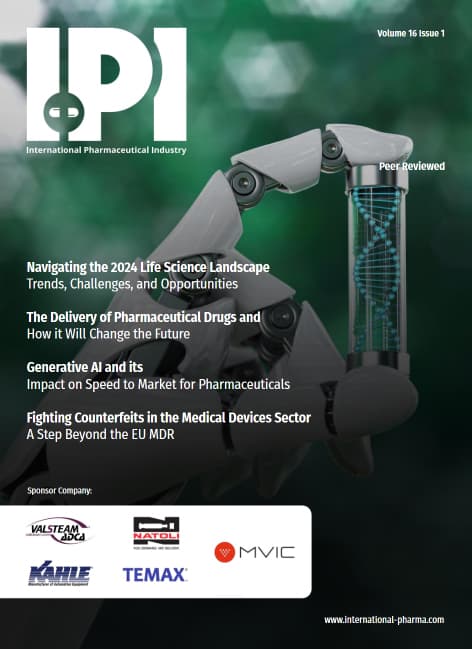LI-COR® Biosciences, a subsidiary of LI-COR Inc. (Lincoln, Nebraska), has European offices located in Cambridge UK, and Bad Homburg, Germany. LI-COR offers innovative instrumentation for biotechnology and environmental research.
LI-COR pioneered the development of highly sensitive and reliable infrared fluorescence labeling and detection systems for applications in proteomic and genomic research. In addition to innovations in biotechnology, LI-COR instruments for photosynthesis, carbon dioxide analysis, and light measurement are recognized world wide for standard-setting innovation in plant science research and environmental monitoring.
Recognizing the potential of infrared dyes to improve reliability, accuracy, and performance of gene sequencing instruments, LI-COR explored new applications of infrared dye detection. The Model 4000 Automated DNA Infrared Sequencer garnered national attention when it was released in 1992. The 4000L Long Read DNA Sequencing System, introduced a year later, set global standards for long read lengths and accuracy.
The Model 4300 DNA Analysis System was introduced in 2003 and includes comprehensive application packages for DNA sequencing, Microsatellite analysis, AFLP® analysis, reverse genetics (TILLING®), and SNP discovery (Ecotilling). The 4300 System continues to offer standard-setting technology today.
In 2001, LI-COR released the Odyssey® Infrared Imaging System. The Odyssey delivers superior two-color Western blots with clear, sharp bands in a fraction of the time and cost of chemiluminescence, and features unprecedented direct detection for a variety of applications, including Western blots, In-Cell Western™ Assays, and protein and DNA gels.
The latest version of Odyssey technology, the Odyssey CLx, was released in late 2011. It is the next step in Odyssey infrared imaging technology, with a new AutoScan function that saves time and increases the available dynamic range to greater than six logs. This is the most flexible and multifunctional platform of all Odyssey imaging systems.
The Odyssey Fc Imaging System premiered in 2010 and offers quantitative Western blot analysis with both near-infrared (NIR) and chemiluminescent detection. It is similar to the original Odyssey in that it allows for two-color scanning with NIR for simultaneous detection of two protein targets or the use of one channel for normalization. The Odyssey Fc offers convenience to labs that use both NIR and chemiluminescent detection methods.
The Pearl® Impulse Small Animal Imager was released in 2008 and is used for near-infrared in vivo imaging. Using the Pearl with optical agents from the BrightSite line of optical agents gives researchers the ability to track biological events and disease progression in living animals. This research is valuable for many areas, including apoptosis, angiogenesis, inflammation, and bone growth.
LI-COR also manufactures a diverse line of infrared reagents. IRDye® fluorescent dyes deliver enhanced sensitivity due to low background autofluorescence in the near-infrared region and, therefore, higher signal to noise ratios. IRDye fluorescent dyes feature absorption and emission wavelengths in the NIR spectrum, between 680 and 800 nm. IRDye fluorescent dyes are optimized for use with LI-COR infrared imaging systems, but can be used with a variety of instruments that offer NIR excitation and emission. These dyes are designed for antibody, protein, DNA, and peptide labeling.
LI-COR established its Translational Research group in 2010 to facilitate the use of its IRDye 800CW labeled imaging agents in clinical studies for detection of disease, its progression, and for monitoring treatment and drug efficacy. IRDye 800CW has been conjugated to a variety of targeting agents by leading molecular imaging laboratories developing translatable agents.
IPI was established by professionals with over 30 years of experience in the Pharmaceutical and Life sciences publishing sectors. Peer-Reviewed, Contemporary, Authoritative
IPI Media © 2024, All Rights Reserved – Powered by Teksyte
























